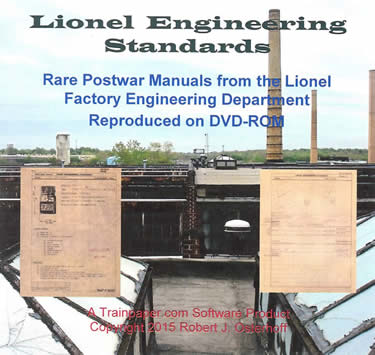I had a heck of a time replacing the bearings in a 2343 Santa Fe F3 truck yesterday.
I was using a Hobby Horse bearing replacement tool set, and was following their directions, which was to:
1 - push out old bearings, axle and gear
2 - press in the new bearing on one side
3 - install axle and gear
4 - press in the new bearing on the other side (goes over the axle)
The reason for doing the work in this order is to avoid having the knurled portion of the axle score the inside of the bearing.
I didn't check the fit of the replacement bearings before installing the first one.
Here is the issue:
After pressing it into the truck, it was too tight for the axle.
I guess I could have reamed the bearing that went in before the axle, but what about the bearing that gets installed over the axle?
In the end, I reinstalled the original bearings. They were suffering from end wear, the loco was suffering from wheel rub, the axles were not sloppy in the bearings. I didn't push them in as far.
After I was done, I checked a few new bearings against some spare axles. Turns out they were rather tight on the axles. I could turn the bearings on the axles, but just barely.
On hunch, a dug out a box of original NOS Lionel 2343 truck bearings that I picked up a few years ago on EBay from a collection liquidation. Guess what: the bearings fit very nicely. There was a bit of play, but it wasn't excessive.
If I still have a spare truck, I am going to try installing a pair of the genuine bearings today to see whether they would be too tight after installation too.
Anyway, what do other folks do to address this issue?



